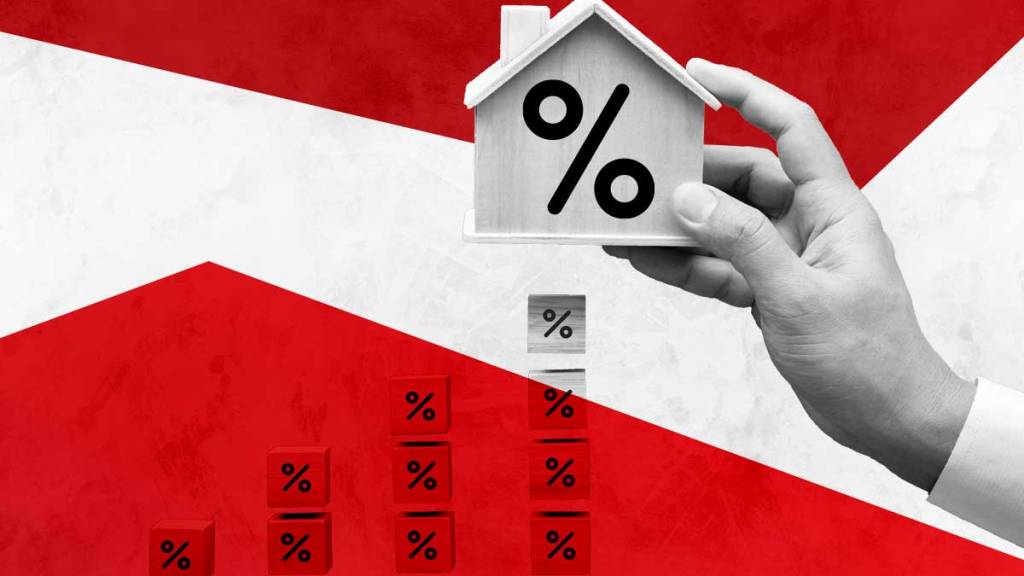Mortgage rates rose slightly this week ahead of the Federal Reserve Open Markets Committee‘s rate hike. The 25-basis point increase to the federal funds rate was widely anticipated and priced in by capital markets.
Freddie Mac’s Primary Mortgage Market Survey, which focuses on conventional and conforming loans with a 20% down payment, shows the 30-year fixed rate averaged 6.81% as of July 27, up from last week’s 6.78%. By contrast, the 30-year fixed-rate mortgage was at 5.30% a year ago at this time. The 15-year fixed-rate mortgage also rose this week to 6.11%, up five basis points from the prior week.
“Mortgage rates inched up slightly after a significant decline last week,” said Sam Khater, Freddie Mac’s chief economist. “Higher interest rates continue to dampen activity in interest rate-sensitive sectors, such as housing. However, overall U.S. consumer confidence is unwavering, surging to a two-year high in the Conference Board’s Consumer Confidence Index for July 2023. Rising consumer confidence often leads to greater spending, which could drive more consumers into the housing market.”
Recent inflation and employment data shows slowing price growth and more moderate hiring. However, persistently-robust consumer spending kept inflation running above the 2% target, cutting against the Fed’s strategy. As a result, the FOMC raised the target policy rate a quarter point in Wednesday’s meeting.
Federal Reserve Chairman Jerome Powell said that the full impact of the rate hikes and credit tightening has not yet been realized and further emphasized the importance of a “data-informed” approach to future rate hikes. The goal remains to restore price stability, to do so will “require a period of below-trend growth and some softening of labor market conditions,” he said during the press conference with reporters Wednesday.
Other mortgage rate indexes showed mixed results on Thursday morning:
HousingWire’s Mortgage Rates Center showed Optimal Blue’s 30-year fixed rate for conventional loans at 6.85% on Wednesday, compared to 6.74% the previous week. However, the 30-year fixed rate for conventional loans was at 6.95% at Mortgage News Daily on Wednesday, up 5 basis points from the previous week.
The sideways trajectory of the 10-year Treasury which climbed lately, mirrored financial markets’ uncertainty. For consumers, the Fed’s rate hike means that borrowing costs will be even higher, with effects likely to be felt in the next month and a half, according to George Ratiu, chief economist at Keeping Current Matters.
The rates for credit cards, auto and personal loans, as well as adjustable-rate mortgages will increase. In addition, the spread between the 10-year Treasury and the 30-year fixed rate mortgage is poised to widen as uneasy investors might keep the risk premium elevated.
“Higher borrowing costs will also spill over into real estate markets, keeping mortgage rates at the higher echelons of the 6% – 7% range we have experienced over the past 11 months. For buyers of a median-priced home, the monthly mortgage payment—assuming a 20% down payment—amounts to about $2,300, not including property taxes and insurance,“ said Ratiu.
The cost of financing a median-priced U.S. home, assuming a 20% downpayment, rose 12.4% from June 2022, according to Realtor.com economic researcher Hannah Jones. In addition, supply remains very tight: total existing home sales slipped 3.3% in June from the prior month to a seasonally adjusted annual rate of 4.16 million. Year-over-year, sales dropped 18.9% from 5.13 million in June 2022. Bidding wars are raging in some markets of the country, preventing home prices from falling significantly nationally, noted Jones.
Some buyers have turned to new construction to secure a home, and builders are ramping up their workforces to complete projects. Economists are hopeful that it might ease the housing supply shortage that has widened over the past decade.
“Both increased housing supply and eventual lower inflation would usher in a healthier housing market with more evenly matched supply and demand, taking some of the upward pressure off prices,” said Jones in a statement.





